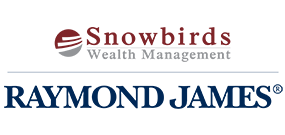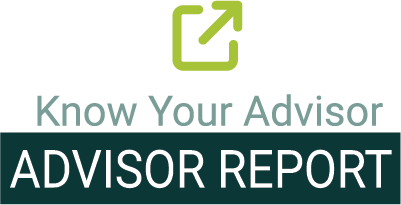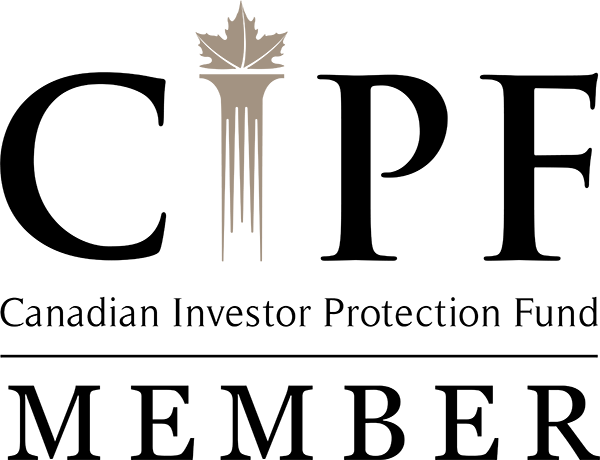Cross-Border Wealth Management: Five Things To Know Before Moving From Canada to the U.S.
Written by The Private Client Solutions group of Raymond James Ltd.,
Planning a move south of the border? The charms of the United States are obvious: career opportunities, booming manufacturing industry, top-ranked universities and warmer climate, compared to Canada’s. No matter your reasons, picking up and moving to the U.S. from Canada can be an exciting journey that opens up a world of possibilities. But navigating the complexities such a big move brings can be daunting without proper planning or the support of a trusted cross-border financial advisor.
Here are five things you need to consider to ensure your transition to our southern neighbour is as smooth and tax efficient as possible.
- Start Planning Early
- Set up U.S. Banking
- Understand the Tax Implications
- Manage Your Investments With a Cross-border Financial Advisor
- Request a Social Security Number
Start Planning Your Move as Early as Possible
It’s never too early to get the ball rolling on your move to the U.S. Start with organizing your paperwork, getting your visa approved and researching available healthcare options in the U.S. Decide if you want to purchase a private health insurance plan prior to leaving Canada in case you need medical care before your U.S. healthcare plan kicks in.
Set Up Your U.S. Banking Account
Before you leave Canada, you’ll need to set up a U.S.-based bank account, so you can easily move money across the border, receive your paycheque if you’re moving for work and pay for U.S. purchases without incurring foreign transaction fees. As well, consider getting a U.S.-based credit card, so you establish a credit rating in that country.
Understand the Tax Implications of Your Move
While the U.S. and Canada share more than just a border, there are stark differences between the two. But perhaps, nowhere are those differences more complex than in the two neighbours’ tax laws and investment and securities regulations.
For example, the U.S. doesn’t recognize Canada’s tax exemptions. So, if you own a primary residence in Canada and decide to sell it, you may have to pay taxes in the U.S. On the other hand, if you buy a primary residence in the U.S. and decide to sell it later, only the first US$250,000 in capital gains may be tax exempt if you’re single, or US$500,000 if you’re married and filing jointly. CLICK HERE to learn more about a U.S. person buying a home in Canada.
As you plan your move south of the border, consult with a tax professional who specializes in cross-border taxation to assess the implications of your move and determine your tax filing status in each country.
At Raymond James (USA) Ltd., our tax professionals can help you with preliminary guidance and walk you through what taxes apply to your situation. They’ll explore your options for retaining or severing Canadian tax residency and compare Canadian taxation to that of the U.S. for your various income sources and assets.
To learn more about how our dually licensed cross-border advisors can help you build a tax-efficient financial plan that spans borders, reach out to us by filling out this online form.
Manage Your Investments With a Cross-border Financial Advisor
Another difference between Canada and the U.S. lies in investment portfolios and how they are taxed. Pitfalls often emerge when Canadians learn the hard way that they can’t transfer their securities, such as Canadian mutual funds, to a U.S. financial institution.
Further complicating your financial picture could be the fact that some Canadian investments, such as Canadian exchange-traded funds (ETFs), may create punitive U.S. tax consequences or tax filing complexities because the Internal Revenue Service (IRS) may view those funds or accounts as passive foreign investment companies (PFICs).
This is where the expertise of a cross-border financial advisor comes into play. Licensed in both the U.S. and Canada, our cross-border financial advisors help professionals smoothly manage their financial assets across the Canada-U.S. border. We perform an in-depth financial analysis that takes into account various factors including options for U.S. healthcare, limitations on funds transfers and taxation on various holdings. As well, we help you take action to transfer your wealth across borders and maximize the tax-efficiency of your portfolio.
With our multi-currency platform, our cross-border financial advisors work in both Canadian and U.S. currencies, enabling you to benefit from favourable exchange rates and invest in your portfolio in the currency of your choice.
Considering a move to the U.S. from Canada? Reach out to us, so we can develop a solid financial plan and strategy that enable you to maintain your lifestyle and meet your financial goals.
Request a Social Security Number
Finally, before you arrive in the U.S., remember to apply for your Social Security number, if you are legally permitted to work in the U.S. If not, apply for an Individual Taxpayer Identification Number (ITIN) for you and all family members, which you will need to file taxes, apply for a loan and claim government benefits. You can apply online from the U.S. and then go to a local Social Security office to provide your documentation.
Next Steps
If you’re planning on moving to Canada and need assistance with your investments, estate planning, and portfolio management, please call or email us at Snowbirds Wealth Management as we specialize in cross-border financial planning and wealth management. We work closely with experienced cross-border lawyers and accountants to ensure you have a team behind you.
About Snowbirds Wealth Management
Gerry Scott is a portfolio manager and the founder of Snowbirds Wealth Management, an advisory firm focussed on the cross-border market. Together with Dean Moro and Carson Hamill, associate portfolio managers and with Snowbirds Wealth Management, they provide investment solutions for Americans living in Canada, and Canadians residing in the United States. Licensed in both Canada and the U.S., they provide tailored investment solutions to minimize the tax burden when moving assets across borders.
To schedule an introductory call, please click here.
Statistics and factual data and other information are from sources RJLU believes to be reliable but their accuracy cannot be guaranteed. It is for information purposes only and is not to be construed as an offer or solicitation for the sale or purchase of securities nor is it meant to replace legal, accounting, taxation or other professional advice. We are not tax advisors and we recommend that clients seek independent advice from a professional advisor on tax-related matters. The information is furnished on the basis and understanding that RJLU is to be under no liability whatsoever in respect thereof. This article is brought to you by Raymond James Ltd. (RJL), for informational purposes only. Statistics and factual data and other information are from source RJL believes to be reliable but their accuracy cannot be guaranteed. This information is furnished on the basis and understanding that RJL is to be under no liability whatsoever in respect thereof. It is provided as a general source of information and should not be construed as an offer or solicitation for the sale or purchase of any product. Securities offered through Raymond James Ltd., member-Canadian Investor Protection Fund. Insurance offered through Raymond James Financial Planning Ltd., not a member-Canadian Investor Protection Fund.




